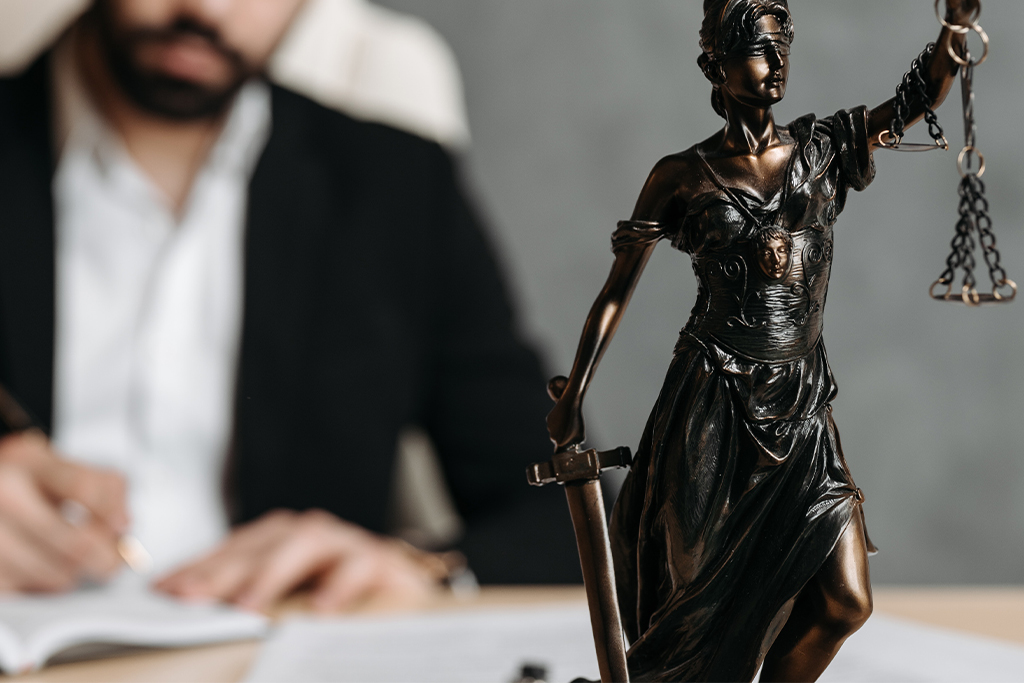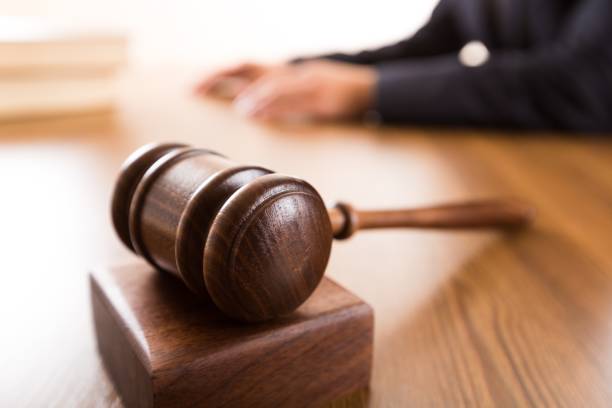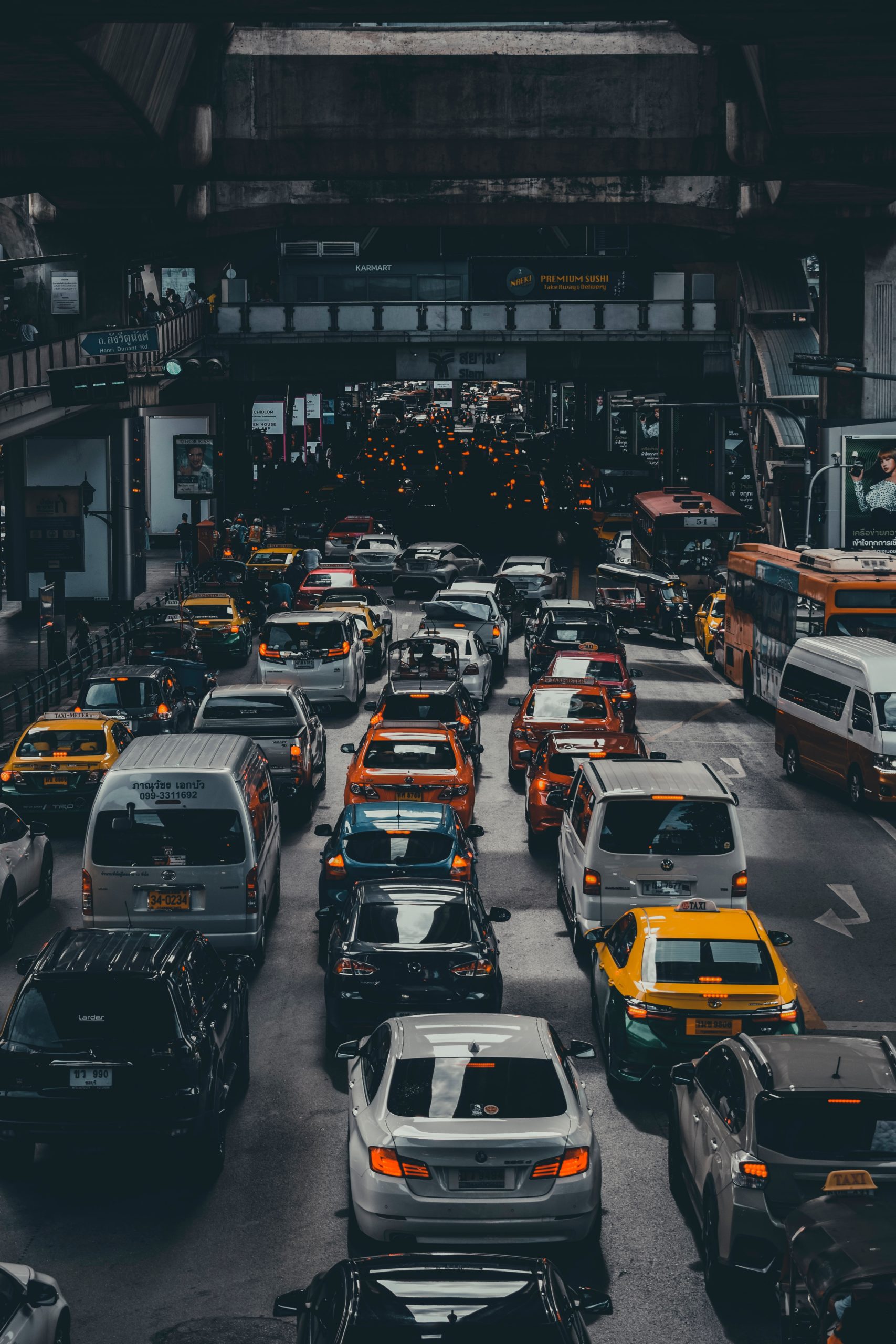Social gatherings and parties often involve the consumption of alcohol. While enjoying a few drinks can be a way to unwind and have a good time, it also comes with responsibilities. Social hosts, those who organize or host such events, have a duty to ensure the safety of their guests and the community. In cases where alcohol-related injuries occur, social host liability laws can hold these hosts accountable for the harm caused. This article aims to explore social host liability, its legal implications, and the importance of responsible alcohol service.
Understanding Social Host Liability
Social host liability refers to the legal responsibility of a host for the actions and behavior of their guests regarding alcohol consumption. While laws differ by jurisdiction, social host liability typically applies when a host provides alcohol to a guest who then causes injury or harm to themselves or others. These laws are in place to discourage reckless behavior and to ensure that hosts take measures to prevent alcohol-related accidents.
Legal Implications and Factors
Social host liability laws vary from state to state and can involve both civil and criminal consequences.
Let’s explore some key factors and legal implications associated with social host liability:
Age restrictions: Most jurisdictions impose strict age limits for consuming and serving alcohol. Social hosts should be aware of these laws and refrain from providing alcohol to underage individuals.
Knowledge of intoxication: If a social host knowingly serves alcohol to an individual who is visibly intoxicated, they may be held liable for any injuries or damages caused by that person’s actions.
Duty of care: Social hosts have a duty to ensure the safety of their guests. This duty includes monitoring alcohol consumption, providing alternative transportation options, and intervening if necessary to prevent intoxicated guests from causing harm.
Dram shop laws: Some jurisdictions have dram shop laws, which extend liability to establishments that serve alcohol, such as bars and restaurants. In certain cases, these laws may also apply to social hosts who serve alcohol in a commercial-like manner.
Importance of Responsible Alcohol Service
Responsible alcohol service is crucial for social hosts to minimize the risks associated with alcohol-related injuries.
Here are some important steps hosts can take to promote safety and reduce liability:
Guest awareness: Clearly communicate expectations regarding responsible alcohol consumption to your guests. Encourage them to drink responsibly and make alternative transportation options available.
Monitoring alcohol intake: Keep an eye on your guests’ alcohol consumption. Be aware of signs of intoxication and intervene if necessary. Avoid pressuring guests to drink excessively.
Offering non-alcoholic alternatives: Provide a variety of non-alcoholic beverages for guests who choose not to drink or wish to pace themselves. This can help create a more inclusive and responsible environment.
Transportation options: Arrange designated drivers or provide information about ride-sharing services or local transportation options. Ensuring that guests have safe alternatives to driving under the influence is essential.
Professional bartenders or catering services: Consider hiring professional bartenders or catering services trained in responsible alcohol service. These professionals can better assess guests’ intoxication levels and manage alcohol consumption.
Social host liability plays a crucial role in holding individuals accountable for their actions related to alcohol consumption. As a social host, it’s essential to understand the laws and your responsibilities to ensure the safety of your guests and the community. By promoting responsible alcohol service, monitoring guest intoxication, and providing alternative transportation options, you can help prevent alcohol-related injuries and minimize your liability. Remember, a fun and enjoyable gathering can be achieved without compromising safety and well-being.
Consult with Darfoor Law Firm
An experienced lawyer provides you with the opportunity to discuss your situation and gain clarity on your potential avenues for seeking compensation. It’s your opportunity to ask questions, assess the strength of your case, and decide if legal representation is beneficial for you.
If you or a loved one has been injured in an accident due to someone else’s carelessness or fault, Darfoor Law Firm is here to provide support and suggest the best course of action.
Accidents can be difficult to deal with; that is why having someone who understands and empathizes is so important.
Call us at +1-833-DARFOOR for a free case evaluation.











